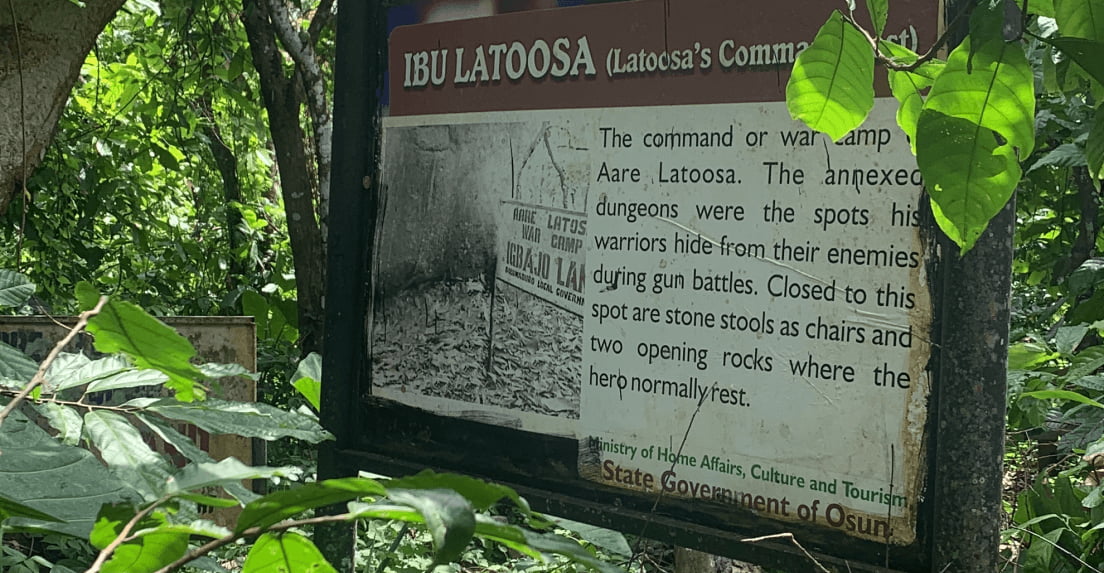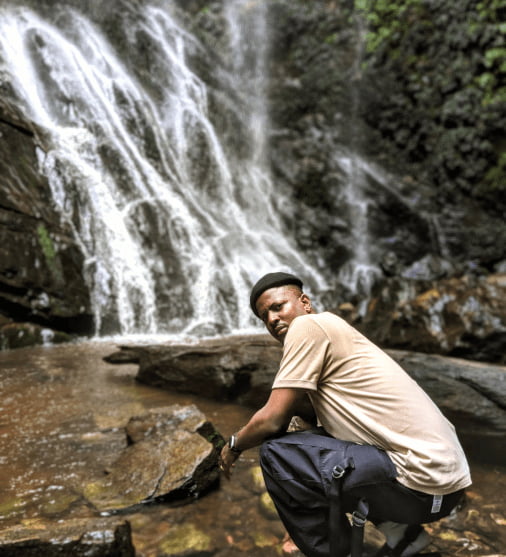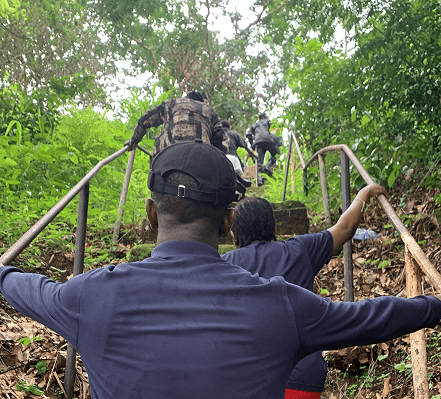Heritage Trail Map

HERITAGE TRAIL AS SITES OF CONSCIENCE
The United Nations Educational, Scientific and Cultural Organization (UNESCO) “World Heritage Convention of 1972” classifies the world heritage of humankind into various categories. It is based on these types of classifications that we intend to establish the Osun-Osogbo Heritage Trail under the Sites of Conscience narrative since Sites of Conscience are places of memory – such as a historic site, place-based museum or memorial – that prevent the erasure of significant cultural histories.
Osun Osogbo Grove
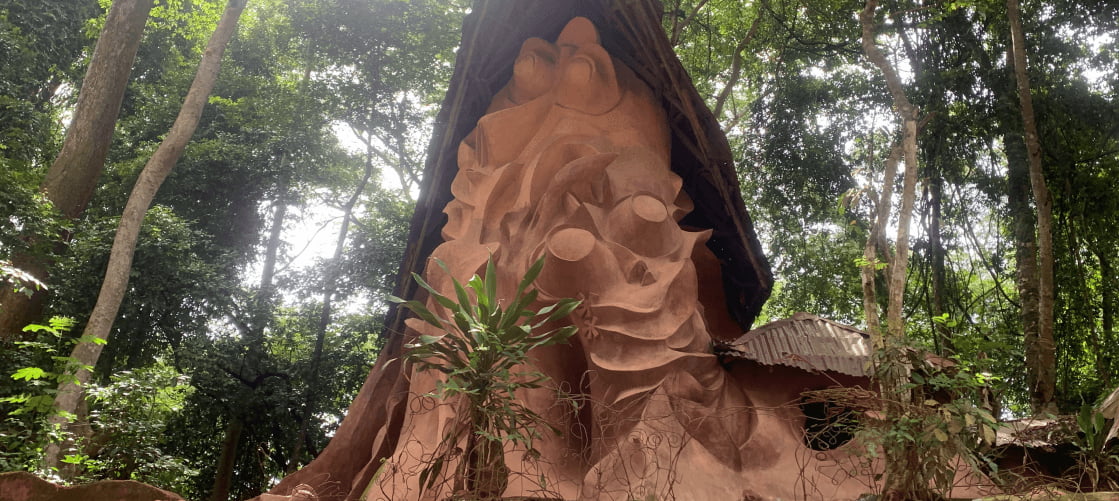

Opa Oranmiyan
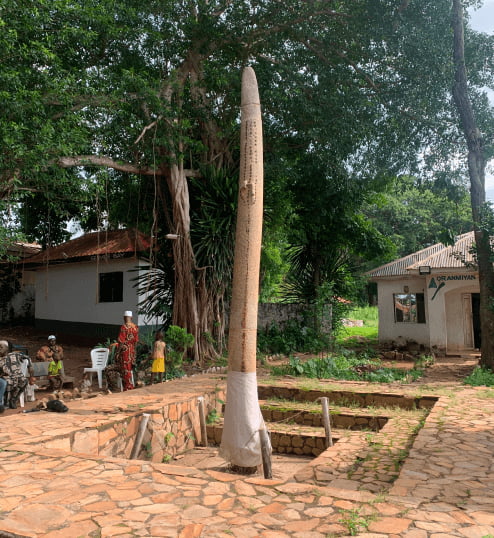
Oranmiyan staff also known as Opa Oranmiyan, it is a local famous tourist site in lle Ife. The staff was erected after the death of Oranmiyan, king of the Yoruba by his family Oranyan Omoluabi. Oranmiyan was a Yoruba king from the kingdom of lle-ife and heir to Oduduwa. He was the first Alaafin who founded Oyo and one of his children Eweka became the first Oba of Benin Empire.
Kiriji War Peace treaty
